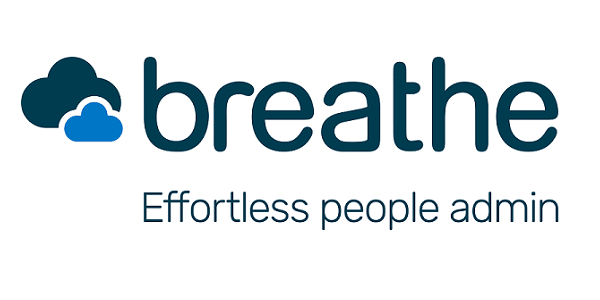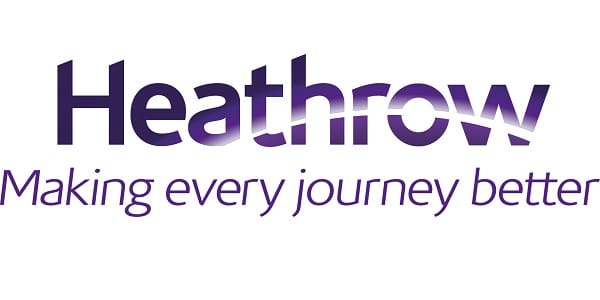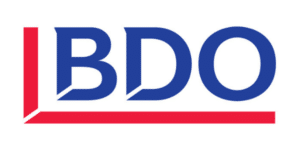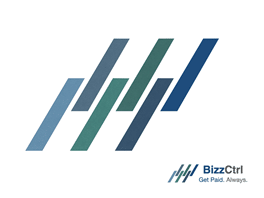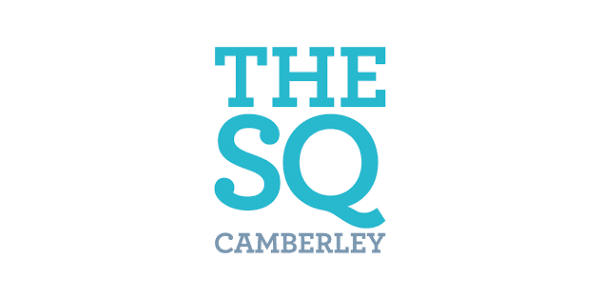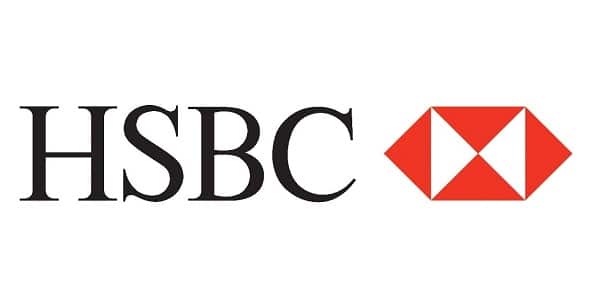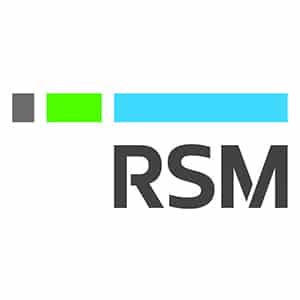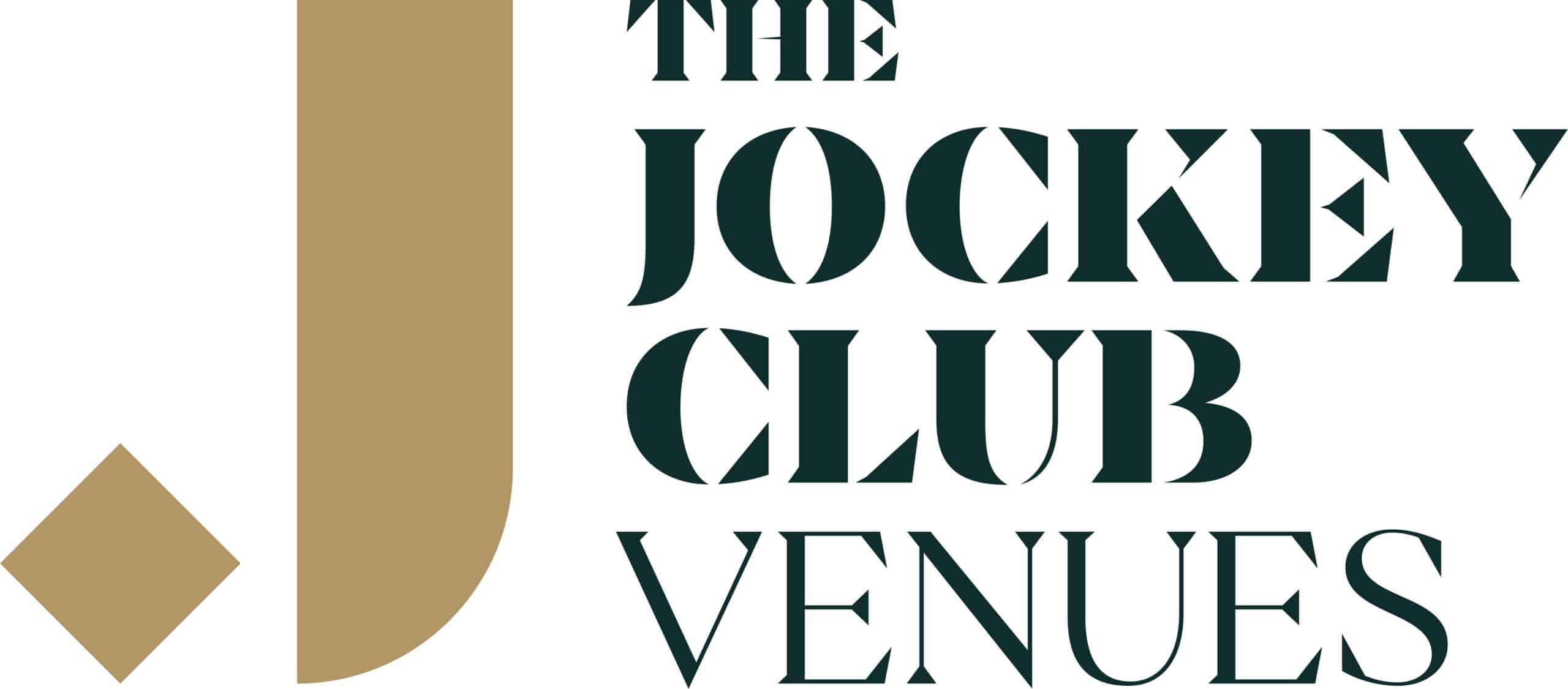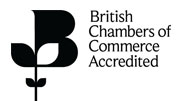Latest News
After a Torrid Q1, Is There More to Come?
2nd April 2020

I’m sure all readers will agree that the first quarter was a bumpy ride – for markets and for society as a whole – as the coronavirus pandemic gripped the globe and upended life as we knew it.
For financial markets, the first three months of 2020 were a journey from euphoria to panic. Having begun the year on an optimistic note, the mood swiftly turned to pessimism once we reached the halfway mark and the full scale of the global health crisis became evident.
The violent nature of the moves in March was unprecedented, and saw several milestones fall. Global equity markets saw $15tln wiped off their value in the worst quarter since 2008; the 10-year Treasury yield fell by the most since 2011; Brent crude experienced its worst quarter ever; and the dollar experienced its biggest 3-month rally in four years.
While the magnitude of the moves seen in Q1 was vast, we are by no means at the end of the story.
The fast-moving coronavirus pandemic, which is almost the sole factor driving price action, is far from over. Despite some small glimmers of hope that the epidemic curves may be flattening in some parts of Europe, the US outbreak appears to only just be getting underway. That is before we come to the economic implications of the ‘lockdown’ measures imposed to control the virus, which will become clearer in the months ahead.
At the beginning of the coronavirus outbreak – when the virus seemed isolated to China – the assumption was that the global economy would experience something of a ‘V’ shaped 2020. That being a scenario where output falls very sharply, before recovering equally as quickly once the virus blew over.
Now, however, it is clear that the pandemic is having a much more severe impact on the global economy, making a ‘U’ shaped scenario the best we can hope for. The first global recession since 2009 is now an inevitability, as economies across the world slowly shut down as the virus spreads westwards. The best hope now is that the economy can come out of its hibernation – with the help of accommodative monetary and expansionary fiscal policies – and return to a similar level of output in the second half of the year.
A more dire outcome – which may come about either as a result of the virus not being controlled, or due to the impotence of fiscal and monetary policies being exposed – would be an ‘L’ shaped scenario. This would involve a sharp slowdown in output – driven by governments effectively switching off entire economies overnight – before a failure to recover to the levels of growth seen before the pandemic struck.
Of course, with so many unknowns on the horizon, the only certainty is volatility; as market participants continually adjust their outlook for the global economy and position appropriately. The likelihood is that sentiment will sour once again, with further negative virus news likely. Furthermore, as the economic impact of the pandemic becomes clearer, risk appetite will also likely deteriorate.
With foreign currency being a fundamental part of business, Caxton are providing a free consultation service to all members, available Monday to Friday 8am-6pm.
Simply email joseph.wass@caxtonfx.com to arrange a time to speak or alternatively ask any questions you may have. We look forward to hearing from you.
Michael Brown, Senior Market Analyst, Caxton FX








